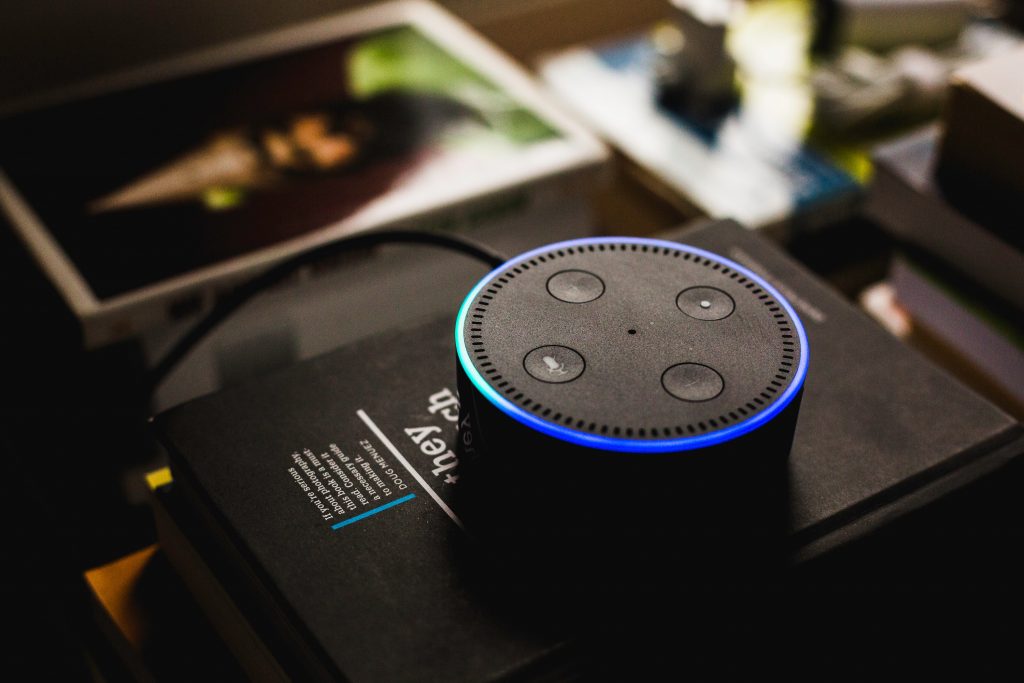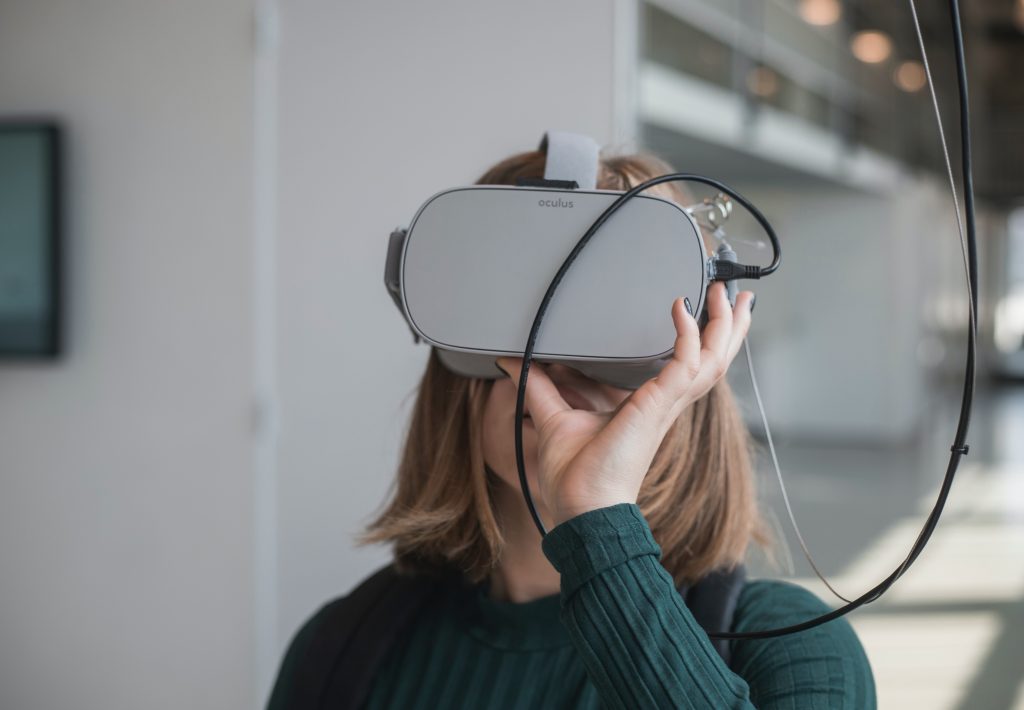In an age when we seem to go through technology boom after technology boom, it’s hard to imagine one sticking out. However, IoT adoption, or the Internet of Things adoption, is leading the charge to dominate the next decade’s discussion around business IT. Below, we’ll discuss the current boom, what’s driving it, where it’s going, and which trends are shaping it.
What is IoT (Internet of Things)?
The IoT refers to a network of interconnected computing devices or “things.” IoT devices are typically fitted with sensors, software, and other technologies to allow for data collection and exchange, usually over the internet. Any device that fits the simple characteristics of processing and exchanging data and connecting to the internet is considered an IoT device.
IoT devices are proliferating exponentially within all areas of business and our everyday lives. It’s part of the greater movement of ubiquitous digital transformation that’s seeing us become increasingly interconnected in all aspects.
Businesses, in particular, are realising the value of adequately implemented IoT, including:
- Improved productivity and reduced human labour
- More effective management and oversight of operations
- More efficiently utilising resources and assets
- Improved collection, organisation, and utilisation of data
- Improving ROIs for projects and operations
- Improved worker safety
- Enhancing customer experiences and delivering more value
With the potential to transform the entire business for the better, it’s no surprise that IoT adoption is on the rise. It’s a competitive factor that no business can afford to let slip by.
What is IoT Adoption? How Does it Work?

Depending on the organisation, IoT adoption can take many forms and be implemented differently. However, the typical process should look something like this:
- Phase 1 – Assessment of Maturity: Generally, the further a business is down the digital transformation road, the easier IoT adoption will be. IoT infrastructure relies on communicating data efficiently, quickly, and flexibly between many systems. Legacy architectures and data silos are typically opposed to this.
- Phase 2 – Prioritizing Use Cases: As necessary as it is, IoT adoption is equally challenging. For the best chance at success, businesses must prioritise transforming their most crucial, high-value operations first. The rest of the network and assets can be overhauled in staggered stages.
- Phase 3 – Formulating IoT Business Models: As a business, you want to invest in technologies and systems that improve your bottom line. However, depending on your business, the value proposition of IoT might not be straightforward. While it can take the form of products and services sold directly to clients, it can be used to enhance your base offerings (increasing loyalty and customer lifetime value) or improve ROIs.
Real-world Examples of IoT Implementations

IoT is working its way into every facet of business and society. The number of real-world applications for these technologies is nearly infinite. However, here are a few poignant examples of how today’s enterprises are leveraging IoT capabilities:
Integrated Testing
IoT can be used to solve challenges related to test automation across various controller software. Many testing tasks can be automated by relying solely on the collection of data at the endpoint, as well as a combined endpoint and centralised computing. Due to eliminating human intervention, errors are minimised, testing is streamlined, and it can be scaled.
Cloud and Mobile Services
IoT can be used to monitor mobile assets and streamline management remotely. For example, a company that rents high-powered inverters can use IoT to track equipment, model its supply chain, manage inventory, bill customers, etc. Not to mention generate alerts or notifications at crucial times, as well as collect and analyse data for reporting and profit forecasting.
Manufacturing
Manufacturing is one of the business verticals experiencing the biggest disruption and potential value from IoT. A multitude of sensors can give workers and floor managers unprecedented insights into their facilities and equipment. It can eliminate the need for employees to access or inspect equipment in potentially hazardous situations physically. Not to mention monitor production levels to manage raw material supply and forecast production values.
The Current IoT Boom

IoT adoption has been steadily on the rise over the last decade. The IHS estimated an installed base of 15.41 billion devices in 2015, nearly tripling to 42.62 billion by 2022. It’s expected to grow at an even more rapid pace, reaching 75.44 billion by 2025.
As companies are hedging their bets with IoT, they are also naturally investing in technologies that make IoT possible. 4G/5G uptake is also experiencing a boom. By 2022, half of all smartphones will be 5G enabled, and there will be more than 14.4 billion 5G devices worldwide.
That number is expected to nearly double to $27 billion by 2025.
Consequently, the IoT market is growing at an astronomical rate. The global IoT market currently stands at $478.36 billion in 2022 but is expected to be $2,465.26 billion by 2029, at a CAGR of 26.4%.
What Future Trends Will Drive IoT?
Here are some of the global trends that will continue to shape the immediate future of IoT:
- Growth will continue to accelerate: If indications are anything to go by, IoT is not nearing its peak, quite the opposite. As the cost of computing power, sensors, and high-bandwidth networking continue to fall, the adoption of IoT will continue to accelerate.
- Focus on improving operations and asset utilisation: One of the primary drivers behind any digital transformation is to do more with less. Operation-centric use cases seem to be the central focus for businesses looking to adopt IoT, even outpacing those concerned with supply chain and smart connected consumer products.
- IoT initiatives will continue to deliver success: 80% of IoT adopters believe it’s crucial to business success. They also think they will see 30% ROI because of their investment, not to mention the hidden benefits. We believe businesses will continue to enjoy these remarkable success rates adopting IoT in the future.
- The gap between early adopters and followers will grow: As we’ve seen with many other digital disruptions, early birds get the worm. Companies that have already rolled out IoT in some form are also planning the highest future rollouts. Clearly, they’ve experienced something that’s driving them to pursue IoT even more vigorously.
- APAC will continue to catch up to North America and Europe: North America and Europe have a tradition of leading the way for many new technologies, and IoT is no different. However, adoption and innovation in the APAC region are growing considerably, narrowing the gap to its Western counterparts.

Source: https://iot-analytics.com/product/iot-use-case-adoption-report-2021-2/
IoT the Backbone of the Future
Businesses that have already invested in IoT have clearly seen the value and will continue to hedge their bets to benefit their business. At the same time, companies that have not jumped on the opportunity should do so immediately. If not, they risk falling behind their peers and competitors.






